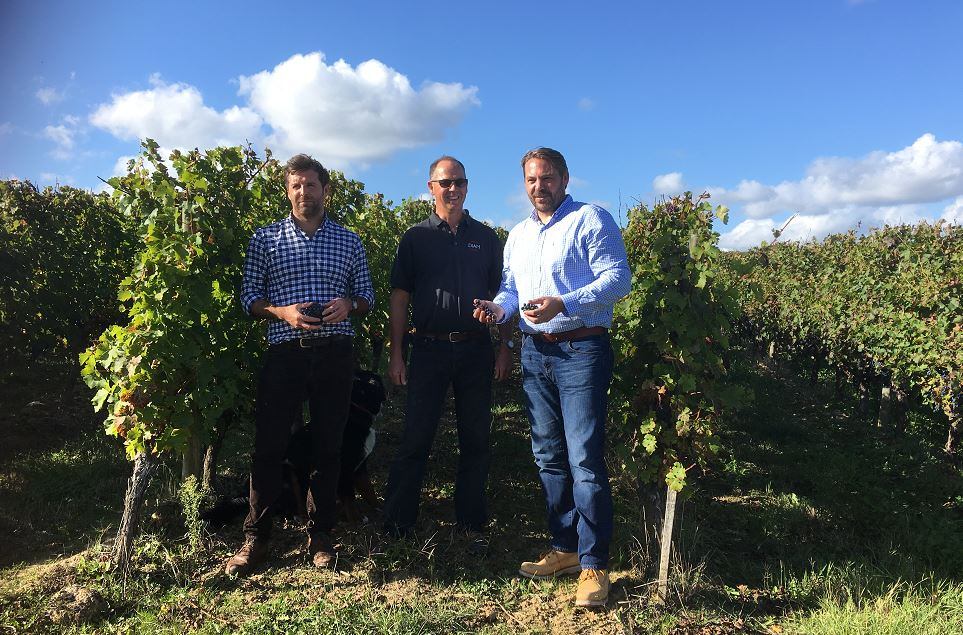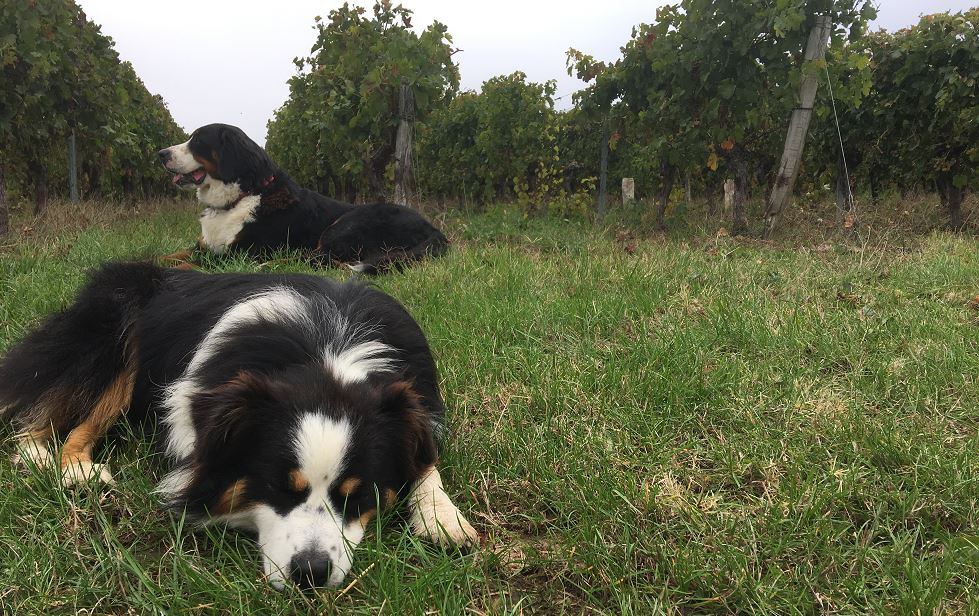As with much of the land in Bordeaux, wine is the estate’s main output, which owners Wilfrid and Jacquie Franc de Ferrière have poured a great deal of effort into perfecting over their years as custodians.
The husband-and-wife team, along with their four children, started to bring the vineyard and winery back to life in 1992 (producing their first bottles of wine in 1996) after it was left to deteriorate for several decades. Since, they have expanded the land dedicated to vines to 23 hectares and brought a new lease of life to the château by introducing bed and breakfast, a tasting room and a tea room.
Unlike many of the estates in the region, the family is refreshingly open-minded about production and not afraid to explore outside of tradition. Although, the quality and perception of the wines are always the priority.
There’s not going to be a huge difference between years for us because it’s from the same terroir. My wines are very distinct as a result and I know which wines are mine
– Wilfrid Franc de Ferrière, Château Carbonneau
One of the couple’s two sons, Pierre, will eventually run the business and is already experimenting with various production methods. He has studied wine making at great length and his passion for the the wine category as a whole obvious from his vast knowledge of grape varieties, growing techniques and production methods.
Wilfrid, whose grandparents owned and ran the estate before him and his New Zealand-born wife, says: “We produce for quality, not quantity. There are many producers out there that make wine on a large scale and that is their priority, not the quality.
‘Our own wine’
“We produce our own grapes, crush them and then make our own wine from them,” he adds. “We don’t bring in grapes or juice from anywhere else, it is all us. It is important when you own a château name like ours to respect it because it’s a brand name.”
Wilfrid maintains that, because the grapes used in the château’s five wines are grown and turned into wine on the estate, it is of consistent quality. “The fact the wine is from one terroir helps us produce one consistent vintage,” he explains.
“There’s not going to be a huge difference between years for us because it’s from the same terroir. My wines are very distinct as a result and I know which wines are mine.”
It is the ethos of the family, as well as the wines they produce, that drew Red Mist Leisure co-founders and managing directors Mark Robson and Mark Williams to the estate three years ago. They sell between 8,000 and 10,000 bottles of wine across their eight sites each year.

The pair were fed up with uninteresting house wines – whether that was the cheapest or second cheapest on their menus – and set out to find wines that would be better value for their customers, as well as having real provenance and a story. The wines from Château Carbonneau are not the pubco’s house wines, but are there to persuade customers to spend another £1 or £2 for something bigger and better.
“We’ve got eight pubs, which are all food venues but six of them are really food heavy,” Robson says. “We don’t want a big wine list, but we want to have a lot of choice in the 16 to 22 quid bracket.
“Wine has always been a big part of what we do and we wanted to be able to add a bit more of a back story to the wines. The whole driver behind us working with Château Carbonneau was to get wines that strive above the standard ones out there and they really do.
“Because we deal with Wilfrid direct, we’re getting our customers a great wine at £18 to £19 that should be on a list for £25, so the customers benefit from it.”
Employees to the vineyard
To cement the story of the wine with customers, Red Mist often takes its employees to the vineyard to meet the family behind the wines – Margot (sauvignon blanc), Lulu (rosé), Le Verrier (red) and Classique (red) – they sell. As well as the four wines sold by Red Mist, Château Carbonneau produces Sequioa (red) and Life of Carbonneau (sparkling).
Bordeaux wine, characteristically, is a blend of grape varieties, for red that often includes Cabernet Sauvignon, Cabernet Franc, Merlot, Malbec and Petite Verdot grapes before being aged in barrels. The entry level wines sold by Red Mist, however, are not oak aged. Oak ageing starts with the vineyard’s middle wine, Sequioa.
Wilfrid adds: “The traditional way to age Bordeaux is in barrels, not that many people do that anymore because of the volume and the amount of oak that you would need. But we have got the space to do it, so we do.”

Though it may sound like Château Carbonneau is a small-scale producer, which technically it is when compared with other Bordeaux makers in the area, the estate produces a healthy 120,000 bottles a year, of which – along with being sold in France, the rest of Continental Europe and the US – 10% are exported to the UK.
The wines produced by Château Carbonneau, by Wilfrid’s own admission, are on the middle rung of Bordeaux wines. They are everyday wines to be enjoyed as part of life and not just on special occasions.
Telling the story of the château’s that produce the wines sold in the UK, Williams and Robson believe, helps customers connect with the products they consume. Having staff talk about Château Carbonneau and their experiences of the estate and the family that works it, brings customers, with every quaff of wine, a little closer to the vineyard that sits among the rolling hills and woodlands of Gironde.
